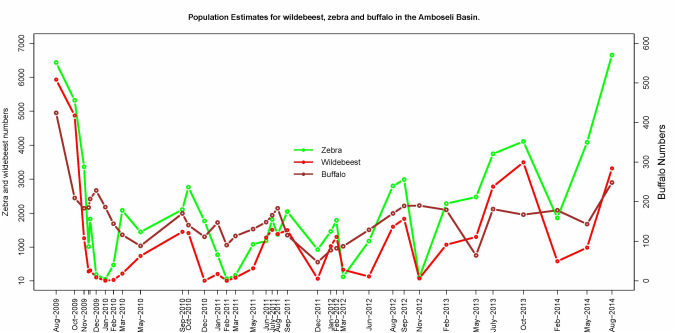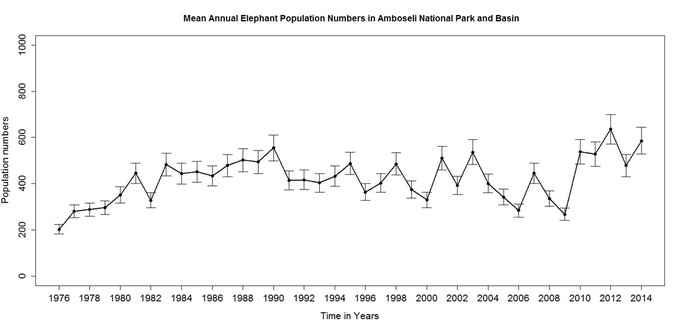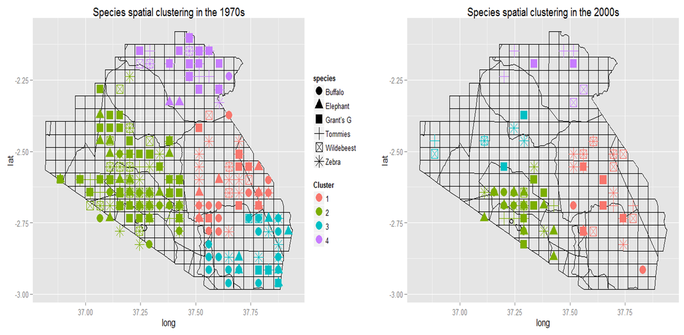

Livestock populations
Livestock populations sprang back to pre-drought levels far faster than from natural recruitment. The resurgent population is due in large measure to pastoralists selling their healthy cattle and buying up twice the number of Somali cattle from the north. The rapid recovery has stunted pasture regeneration and pushed Amboseli back into a premature grazing deficit. Cattle have moved in from as far as the rift valley, putting yet more pressure on the grasslands. This recurrent boom and bust cycle of livestock and grassland production will be the focal point of land use and herd management at the Mbirikani land planning workshop in January. Funds are available under the GEF grant, starting January, to develop better herd and pasture management programs.

 RSS Feed
RSS Feed
